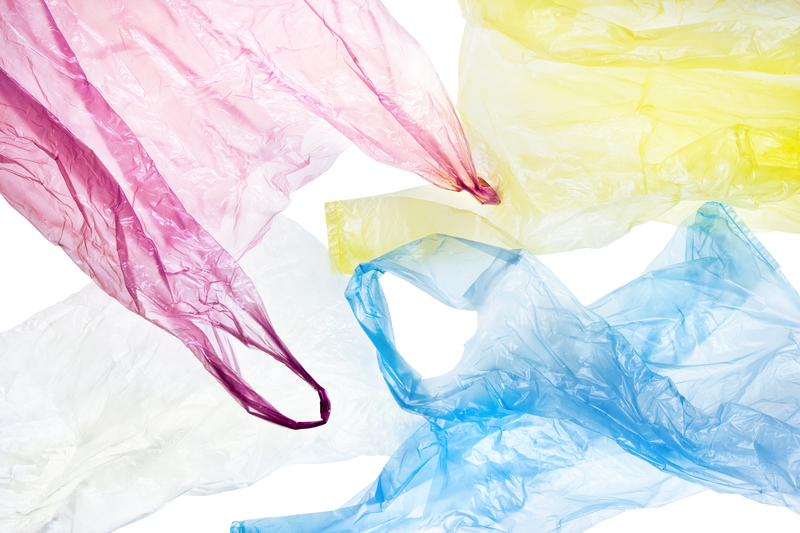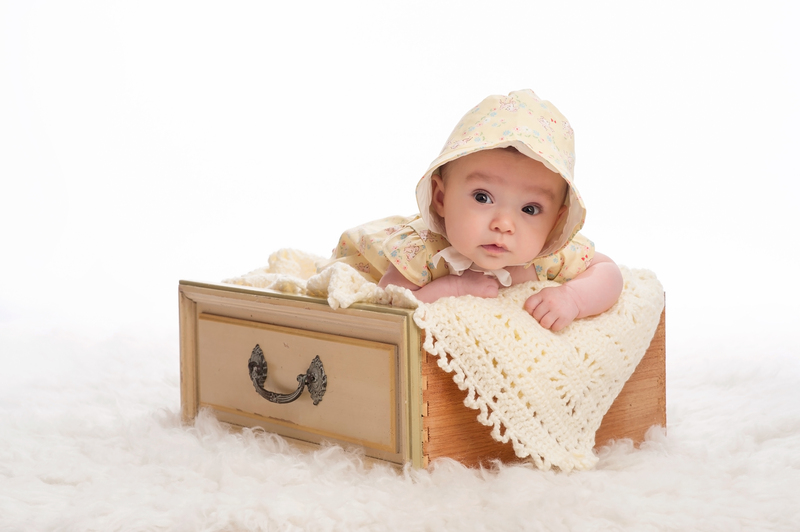Step-by-Step Guides to Upcycling Trash into Practical Home Solutions
In a world increasingly focused on sustainability and environmental responsibility, upcycling has become a buzzword. Turning everyday waste into practical home solutions not only saves money but also helps minimize the environmental footprint. With creativity, common sense, and a little effort, you can convert your household trash into unique, useful items for your home. This comprehensive guide will walk you through a variety of step-by-step upcycling projects designed for everyone from the DIY novice to the seasoned crafter.
Why Upcycling Matters: The Benefits of Creative Reuse
Before diving into these upcycling tutorials, it's crucial to understand the advantages of transforming trash into treasure:
- Reduces landfill waste: Every item you upcycle avoids landfill, reducing pollution and soil contamination.
- Saves resources: By repurposing what's at hand, fewer new raw materials are needed.
- Promotes creativity: Upcycling encourages out-of-the-box thinking and design.
- Cost efficiency: Practical home solutions are achieved for little or no cost.
- Personal satisfaction: There's a unique joy in using your own DIY upcycled projects around the house.
Gathering Materials: Identifying Upcycling Opportunities in Trash
Not all trash is created equal. The first step to successful upcycling is identifying what materials lend themselves to transformation. Common household waste that can be upcycled includes:
- Plastic bottles and jars
- Glass containers and jars
- Cardboard boxes and tubes
- Old furniture
- Textiles (torn clothing, sheets, towels)
- Metal cans and tins
- Wood pallets or scraps
Tip: Always clean and dry your materials first. This ensures both hygiene and craft durability.

Step-by-Step Upcycling Projects for Everyday Trash
Explore these detailed guides to turn your rubbish into practical home solutions. Each project is laid out with easy-to-follow steps for maximum success.
1. Upcycled Plastic Bottle Planters
- Materials Needed:
- Empty plastic bottles
- Utility knife or scissors
- Acrylic paint (optional)
- Soil and plants
- Steps:
- Clean the bottle. Remove all labels and rinse thoroughly.
- Cut the bottle in half horizontally.
- Poke drainage holes in the bottom using a knife.
- Decorate (optional) with paints or markers.
- Fill with soil and add your chosen plant.
- Display on window sills, balconies, or hang with string.
- Benefits: Cheap, lightweight planters perfect for herbs or small flowers.
2. Transforming Glass Jars into Storage Solutions
- Materials Needed:
- Empty glass jars (e.g., jam or pasta sauce jars)
- Screw lids
- Labels or paint (for decoration)
- Optional: Small hooks or screws (for mounting under shelves)
- Steps:
- Thoroughly clean and dry jars and lids.
- Decorate with paint or stick-on labels for easy identification.
- Organize contents (spices, craft supplies, screws, etc.) inside jars.
- For extra storage: Screw the lids into the underside of a shelf and twist jars up for a space-saving hanging solution.
- Benefits: Reduces clutter, keeps small items visible, and saves space.
3. Cardboard Box Drawer Dividers
- Materials:
- Clean cardboard boxes (cereal, shoe, or shipping boxes)
- Ruler and pencil
- Utility knife
- Tape or glue
- Decorative paper or fabric (optional)
- Steps:
- Measure your drawer dimensions.
- Mark and cut cardboard to fit chosen dimensions for dividers.
- Arrange cardboard pieces inside the drawer to form compartments.
- Secure with tape or glue (optional).
- Decorate as desired with fabric or paper for a polished look.
- Benefits: Organizes drawers and gives a new life to old boxes.
4. Upcycled Tin Can Lanterns
- Materials:
- Empty tin cans
- Hammer and nail or hand drill
- Tea lights or LED candles
- Wire (for handle, optional)
- Paints (optional)
- Steps:
- Remove labels and clean the can thoroughly.
- Fill the can with water and freeze it (to prevent denting while punching holes).
- Once frozen, use a hammer and nail to punch holes in creative patterns.
- Let the ice melt, then dry the can.
- Paint and add a wire handle if desired.
- Place a tea light inside and enjoy your homemade lantern.
- Benefits: Creates cozy, decorative lighting from what would otherwise be waste.
5. T-Shirt Rags and Tote Bags
- Materials:
- Old t-shirts
- Scissors
- Sewing kit or fabric glue (for tote bags)
- Steps:
- To make rags: Simply cut t-shirts into squares for cleaning rags--no sewing needed!
- For a tote bag:
- Cut off the sleeves and neckline.
- Turn shirt inside out, sew or glue the bottom hem closed.
- Turn right side out, and your tote is ready.
- Benefits: Reduces textile waste and creates practical items for cleaning or shopping.
Advanced Upcycling: Furniture and Decor Solutions
1. Wooden Pallet Storage Bench
- Materials:
- Old wooden pallets (untreated, safe for indoor use)
- Sandpaper or sander
- Hammer, nails, or screws
- Paint or wood finish (optional)
- Seat cushion (optional)
- Steps:
- Disassemble and sand the pallets until smooth.
- Design a bench size that suits your space; cut wood as needed.
- Assemble the base and backrest with nails/screws.
- Finish with paint or wood stain for added durability and aesthetics.
- Add a cushion or pillows for comfort.
- Benefits: Solid, low-cost seating and storage unit for entryways or patios.
2. Dresser Drawer Shelves
- Materials:
- Old dresser drawers
- Paint (optional)
- Wall brackets or screws
- Steps:
- Clean and prep drawers thoroughly.
- Paint or decorate to match your home decor.
- Mount the drawers open-side-out with brackets or directly with screws onto your wall.
- Arrange in creative patterns for a custom shelf system.
- Benefits: Saves wood and adds whimsical character to your walls.
Creative Upcycling Ideas for Every Room
- Living Room: Turn wine corks into coasters, or old window frames into photo collages.
- Kitchen: Use tin cans as utensil holders; upcycle chipped cups as succulent planters.
- Bathroom: Repurpose glass jars for cotton ball storage; use old ladders as towel racks.
- Bedroom: Transform tattered jeans into throw pillows or baskets.
- Garden: Convert tires into planter beds or shoes into birdhouses.
Essential Upcycling Tips for Beginners
- **Start simple.** Try easy projects first (like rags or jars) before tackling furniture or complex builds.
- Safety first: Use gloves and tools responsibly, especially when cutting or sanding materials.
- Plan ahead: Sketch out your ideas and necessary measurements before cutting anything.
- Share your ideas: Upcycling is even more enjoyable when shared with family or friends.
- Personalize your creations with paint, stencils, or decoupage to match your style.

FAQs: Upcycling Trash into Practical Home Solutions
Q: What's the difference between upcycling and recycling?
A: Recycling breaks down materials to be remade into new items, whereas upcycling transforms objects directly into something new and useful.
Q: Is upcycling cost-effective for home improvement?
A: Absolutely! Upcycling utilizes materials you already have, eliminating the need for new purchases -- making practical home solutions accessible for everyone.
Q: How can I get creative with very limited tools?
A: Many beginner projects (e.g., fabric rags, glass jars, cardboard organizers) require only scissors and glue. As you gain confidence, you can invest in more tools.
Q: Are all trash materials safe for upcycling?
A: Avoid upcycling materials that may have been exposed to chemicals or carry bacteria (like food packaging). Always clean items thoroughly before use.
Conclusion: Make a Positive Impact with Upcycling
Upcycling trash into practical home solutions is more than a trend--it's a proactive response to environmental challenges and a gateway to creative self-expression. By following these step-by-step upcycling guides, you'll not only add character and organization to your home, but you'll also contribute to a healthier planet. Whether you're repurposing plastic bottles, wooden pallets, or old textiles, remember: every project counts. Start small, think big, and let your imagination lead the way!
Begin your upcycling journey today and transform yesterday's trash into tomorrow's treasures--one practical, sustainable solution at a time.